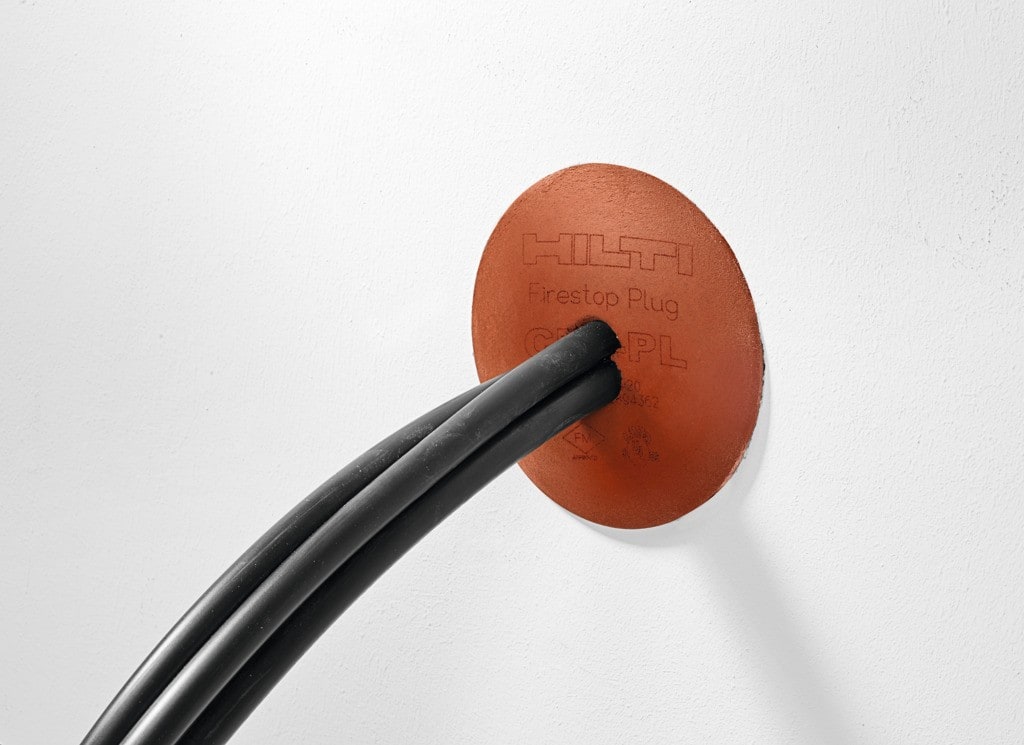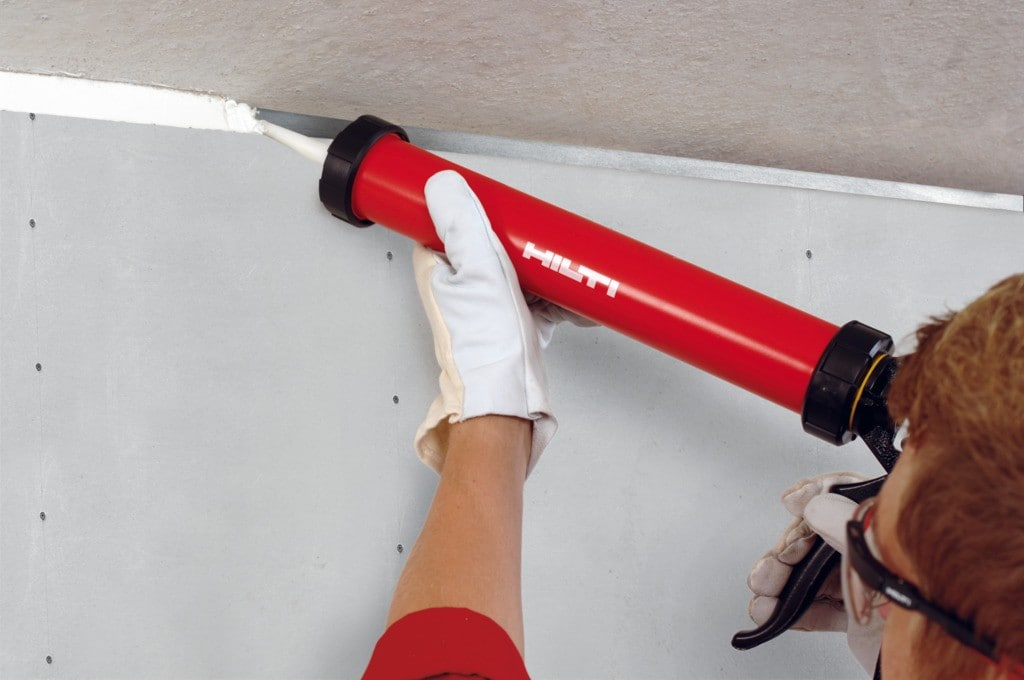
Understanding where to concentrate your efforts with firestopping is key. This article will tell you the three applications you need to know.

Firestops are one of the most important ways to protect a building and its occupants from the devastating effects of fire. They operate by containing the spread of smoke, heat and flames and have three principle applications required by the National Construction Code.
This article will explore those applications, and highlight some innovative and effective firestop products.
There are three main firestop applications you need to know.
1. Cable penetrations
Cable penetrations are a hotspot for fire danger in buildings. As well as allowing an access point for fires to spread, the cables themselves consist of materials including plastics, copper and rubber which can burn, melt and even produce toxic smoke.
With configurations that range from single cables to heavily-loaded cable bundles, it's important that your firestop solution fully meets the requirements for the specific application.
Hilti offers a range of easy-to-install firestop products for cable penetrations, including block and plug systems. Compared to common sealant-type and pillow-type cable firestopping mechanisms, these pre-formed alternatives are much simpler and quicker to install.
They can be easily cut to the required size and shaped to fit into the penetration, and also allow for change once installed. If you need to add a new cable, it's as easy as drilling a hole and sealing around it. Importantly, doing so will not affect the required Fire Resistance Level (FRL).
Block and plug firestops are easy and effective for cable penetration applications.
2. Pipe penetrations
There are two main types of pipe penetration we need to consider when it comes to firestops:
- Burnable pipes: Made of plastics, burnable pipes will be destroyed by fire, leaving a hole through which smoke, flames and heat can travel.
- Metal pipes: The danger posed here is that the conductive nature of metal will transfer heat through the areas where the pipe runs, potentially leading to the ignition of combustible objects and materials.
While most metal pipes are pre-insulated to help suppress the risks of fire, insulation materials also impact which firestop solution is most appropriate, and have to be considered for proper functionality. Pipe movement as a result of seismic change, vibration or temperature should also be taken into account.
Hilti is aware of the widespread use of PEX pipes in today's market, and hence has expanded the coverage of our CP 611A by testing and assessing the mastic as per AS 1530.4. As a result, this product covers a range of PEX pipe materials and sizes.
Hilti pipe penetration firestops cover a wide range of materials and sizes.
3. Construction joints
This third application area comes with the additional problem that specific joints can be complicated to effectively fire seal. Construction joint firestopping is categorised into two sections:
- Building element joint seals, eg. wall joints or floor joints.
- Perimeter wall joint seals, eg, the gap between the edge of the slab and the façade.
For construction joints, the principle concerns for assessment should be the firestopping and acoustic performance of the sealant, as well as its durability.
Hilti's CP 606 sealant has been approved for use in building element joints on plasterboard, Hebel wall systems and concrete, and therefore constitutes a simple solution for your joint seal needs.
Sealants are easy for complex construction joint applications.
Curtain wall joint seals in particular have raised a lot of concern due to recent fires at high-rise buildings and skyscrapers.
These incidents have shown how dangerous the transfer of flames, heat and smoke can be between floors through the perimeter wall joints.
To ensure safety, Hilti adopted an EN testing requirement when assessing our firestop joint spray due to the absence of a local Australian equivalent.
Floor-perimeter wall joints have recently caused concerns after fires at high-rise buildings and skyscrapers.
In addition, all Hilti firestop products have been rigorously tested to comply with Australian Standard AS 1530.4 and AS 4072.1. This means that they reach the required FRL for their intended uses.
For more information on firestop applications, and to view our full range of products, contact the team at Hilti today or post a question here on Ask Hilti.

